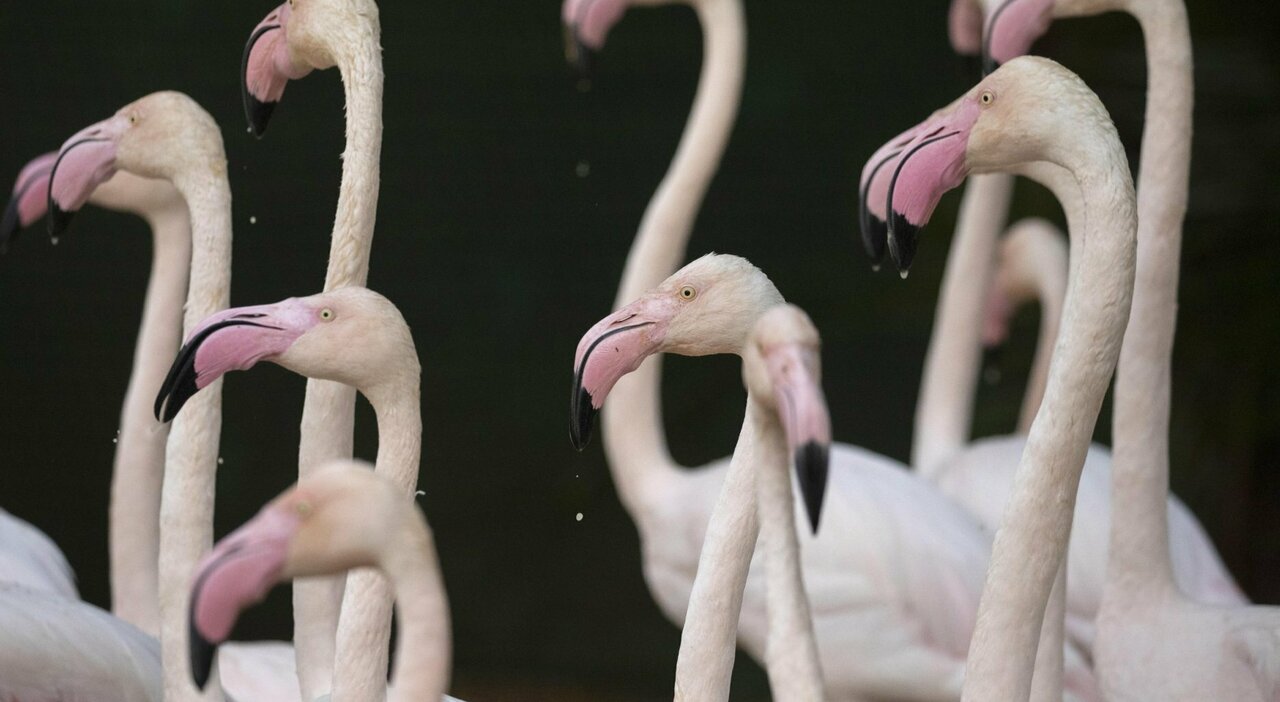Bird flu, worrying reports from Spain. Early last autumn, seagulls and dead seagulls began to bathe on the coasts of Galicia in northwest Spain. They were victims of the H5N1 avian flu pandemic which killed millions of wild and farmed birds worldwide. Then in October, something unusual happened. On a fur farm a few miles off the coast, thousands of minks have begun dying from the “avian” virus. Scientists believe conditions on the farm, where tens of thousands of animals are kept in densely populated cages, allowed the virus to mutate and spread among mammals, a phenomenon which was also reported this week in Britain, where found foxes and otters who contracted the virus after eating dead birds.
Salmonella and listeria, withdrawn batch of traditional salami. «Do not consume and return to the point of sale»
— The Messenger (@ilmessaggeroit) February 2, 2023
Avian flu, alarm in Europe: one million chickens abolished in France, fear in Spain
Bird flu, animal slaughter
In one month, more than 4% of the mink on the Spanish farm died of haemorrhagic pneumonia caused by the virus. The remaining 50,000 animals were promptly slaughtered. Experts say what happened at the mink farm in the Galician city of A Coruña is just the kind of “spill event” that could trigger the next human pandemic. An article published in Eurosurveillance in January makes the following argument: “Experimental and field trials have shown that mink are susceptible and permissive to both avian and human influenza A viruses and could serve as a mixing vessel for interspecies transmission between birds, mammals and humans”.
Avian flu, the dangers
While the mutated form of the H5N1 virus that appears to have spread among mink didn’t “jump” to humans, it is clear that such farms could act as incubators and reservoirs for the virus, just as they have done with Covid and other zoonotic diseases. “It didn’t happen this time and it might not happen, but this is one of the scenarios where a new pandemic could arise,” said Marion Koopmans, head of the virology department at Erasmus Medical Center Rotterdam. “We are playing with fire.”
Avian flu, alarm in Europe for record wave: Italy is the second country for infected farms
Avian flu, the numbers
In total, 864 human cases of H5N1 have been reported to the World Health Organization since 2003, with 456 human deaths recorded, with an estimated 50% mortality rate. According to Matthew Baylis, the chair of Oxendale veterinary epidemiology at the University of Liverpool, the combined circumstances of a widespread outbreak of bird flu and non-biosecure mink farms pose a danger. “We are concerned about influenza viruses that are a mixture and affect different hosts, as we saw with H5N1 and swine flu in 2009. What we don’t want is for this virus that is spreading massively in birds to become capable of infecting people. We may eventually be faced with a really serious mutation.” Most human cases of avian H5N1 occur in people who work closely with birds.
Wuhan, has the live animal market closed after the outbreak of the Covid pandemic been reopened?
Bird flu, the case of minks
At the affected mink farm in Galicia, employees wore face masks as a result of new protocols introduced in response to the Covid-19 pandemic and all survived the recent avian flu outbreak without infection. However, mink’s propensity for incubating and spreading respiratory viruses that could transmit to humans is prompting scientists to question whether such farms even exist. “Minks are mammals that are very good at hosting the flu virus and are kept at close range. In this way the contagion spreads easily – said Matthew Baylis, professor of veterinary epidemiology at the University of Liverpool – wild birds could access the installation and clearly there was an acquired mutation that allowed the virus to pass better from mammal to mammal. We can’t take these risks for furs.” As of January 2021, Covid-19 had been detected in 400 mink farms in eight European Union countries. After the detection of Covid in hundreds of its mink farms, Denmark ordered the culling of the entire population, as did the Netherlands, which permanently closed the industry. There were 755 mink farms in the European Union in 2021, down from the pre-pandemic figure of 2,900. Most of the remaining farms are located in Finland, Poland, Lithuania and Greece. Spain is a small player with just over 20 plants, almost all in Galicia.
© breaking latest news
